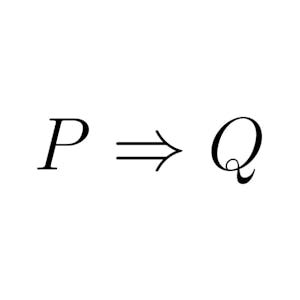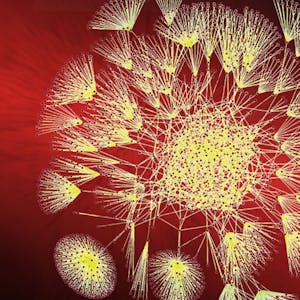Root Cause Analysis: Principles and Benefits
About this Course
In the complex landscape of business operations, identifying and addressing the underlying causes of issues is crucial for sustainable success. Root Cause Analysis (RCA) is a systematic process used to identify the fundamental causes of problems or events, preventing their recurrence. This course introduces RCA as a critical thinking methodology, equipping learners with the tools and techniques to dissect problems, understand their core issues, and implement effective solutions. This course caters Quality Assurance Managers, Operations Managers, Project Managers, and professionals involved in process improvement, quality control, or operational excellence. No specific prerequisites, though a basic understanding of business processes and problem-solving is beneficial. By the end of this course, participants will have mastered the art of RCA, enabling them to enhance operational efficiency, improve product quality, and foster a proactive problem-solving culture within their organizations.Created by: Coursera Instructor Network

Related Online Courses
This course provides a very brief introduction to basic mathematical concepts like propositional and predicate logic, set theory, the number system, and proof techniques. At the end of the course,... more
This is the third course in the Google Project Management Certificate program, which focuses on the second phase of the project life cycle: the project planning phase. You will examine the key... more
This final course in the skill certificate focuses on applying AI to high-level software engineering tasks. You\'ll work with LLMs to design and implement sophisticated software systems, optimize... more
This specialization is intended for persons involved in machine learning who are interested in medical applications, or vice versa, medical professionals who are interested in the methods modern... more
Want to understand your data network structure and how it changes under different conditions? Curious to know how to identify closely interacting clusters within a graph? Have you heard of the... more







